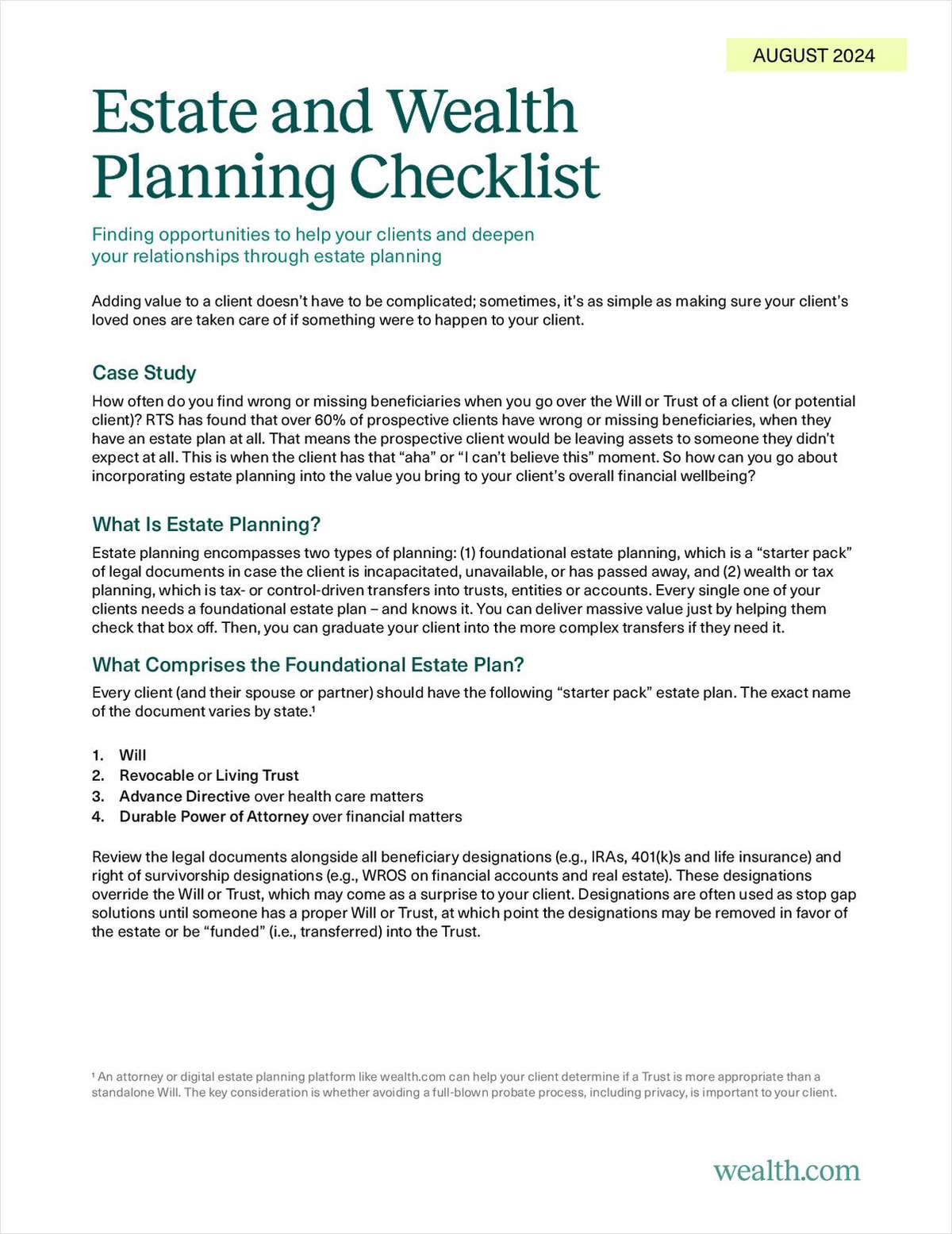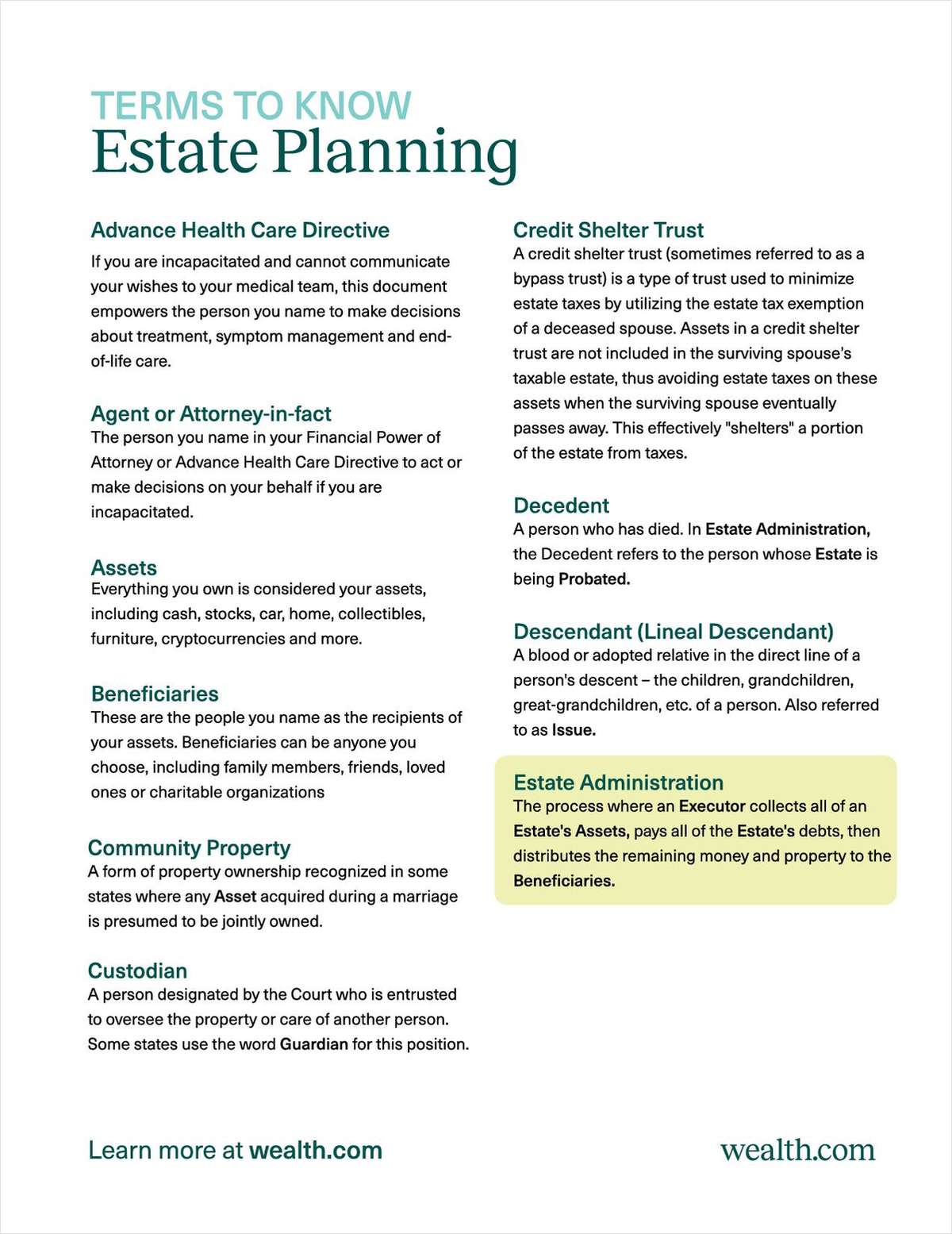As more and more mutual fund companies come under an ethical cloud for their trading practices, an option for investors and advisors who want their investments to reflect their morals is socially responsible investing (SRI). The Neuberger Berman Socially Responsive/Investor fund [NBRSX], which holds a five-star rating from Standard & Poor's and boasts positive returns since inception in 1994, has been one fund that has seen its assets grow despite news of scandals and late trading. It also offers a haven for those who want to put their assets into equities that will do more than just make money, but will also work toward a cleaner and safer environment, says the fund's newly appointed co-manager, Ingrid Dyott. Managed out of New York by Arthur Moretti and Dyott (she was previously the associate portfolio manager), the team starts its equity selection process by looking at all U.S. companies with more than $1 billion in market capitalization and then imposing numerous social, environmental, and financial screens before the equities are put into the portfolio. While the managers avoid companies involved with tobacco products, alcohol, gambling, nuclear power, and weapons production, Dyott notes the intent is not to make any kind of political statement. "We are just providing an opportunity for people who want their values reflected in their portfolio and who want to make money," she says. "Socially responsible investors are not all alike, but our fund covers a broad base of the issues that people are concerned about."
The approach appears to be working. For the five-year period ended December 31, 2003, Neuberger Berman Socially Responsive/Investor had an average annualized return of 3.62% compared with a total return of -0.57% for the S&P 500, and 1.95% for the S&P/Barra 500 Value index, according to Standard & Poor's. With just under 14% of the fund's portfolio invested in non-U.S. companies, Dyott says she chooses investments that are positioned to perform well as the U.S economy continues to strengthen. We recently spoke with Dyott about her new position, and why she believes socially responsible investing is profitable and appropriate for every investor.
As co-manager, how does your role change within the fund? How are management responsibilities broken up between you and Arthur Moretti? My role doesn't really change much. This is a team approach to investing. Our offices are next to each other, and we both do the financial analysis and the social and environmental research in-house so there is a single point of portfolio accountability. I have been associated with the fund since 1997 and have been working with Arthur for the last several years on stock selection and doing the due diligence on the stocks. We also have an associate manager.
Tell me about your screening process. Our starting point is all U.S. companies with market capitalizations over $1 billion. But at the very beginning we run our basic avoidance screens, [weeding out] tobacco, alcohol, gambling, nuclear power, and weapons. Then we screen on financial aspects. We are not going to get into a situation where we see a company we like statistically that is in one of the no-no industries. Those are eliminated up front.
We have a fairly focused portfolio of 30 to 40 names and we are long-term investors. We take a three- to five-year time horizon and think of ourselves as investors in businesses. It happens to be through stocks, but we look for well-positioned businesses that are selling at attractive valuations. Many socially responsible funds have been in more of the growth style box and we have always been more valuation-sensitive. We consider ourselves as having value touch the portfolio in two places: first, when we buy a stock we are using value characteristics to define downside risk; second, from a top-down risk control standpoint, we keep the overall forward price-to-earnings of the portfolio at or below the broader market. We like to buy well-positioned businesses, meaning we are not looking for deep value or just statistically cheap assets, but rather businesses that are positioned well for growth. From an overall portfolio perspective, our P/E ratio on a forward basis will be less than the market, but our growth rate in general will be greater than the market. That gets back to the whole idea of having a three- to five-year time horizon.
Like many other mutual funds and investment managers, we also do some straightforward financial screens looking for statistical value, such as: P/E, price to cash flow, balance sheet strength metrics, return on investor capital, and a whole series of statistical screens that will give us a running list of companies that we may or may not be interested in. If something looks statistically interesting from a screening standpoint then that is where the rubber really hits the road and when the due diligence kicks in. We want to understand the industry, the management, how management is compensated, and their track record of success. We want to understand the company dynamics; what is driving the earnings power value behind this company; what is their competitive advantage, if any; the product; if their markets are secular or cyclical, and so forth. This gives us a sense of whether this is a business where we think we can double our money.
When we find an interesting business like that, we drill down on the social and environmental side as well and get a sense of their environmental record relative to the industry. Things like workplace issues, including diversity; community issues, such as whether they're a good neighbor and what is their reputation in the community in which they operate; and the social and environmental issues, such as those related to the industry or to the company specifically, that are important for them to consider over the long term. This is an integrated process.
We don't farm out the social or environmental research and ask for a list of the best companies. And we don't do the social research and ask someone else for the stocks.
We think our process, by investing in well-positioned businesses, doing the due diligence, and trying to have a competitive advantage in understanding the companies, can preserve capital in bad markets and not give up performance on the upside. It doesn't sound that crazy when you say you are buying good businesses that are the last companies you would want to sell in a poor market, and hopefully the first companies investors would come back to in an improving market.
How do you determine the fund's distributions? It is definitely a bottom-up process with a clear top-down perspective. If we are overweighted or underweighted in a particular sector, it's a conscious decision.
The fund's largest exposure is in financials–what is it about that sector that is so appealing? If you take a look at the breakdown of the fund, it is very widely distributed across sub-industries; the sector weighting is in line with the benchmarks. We slightly overweight the S&P 500 and underweight the Russell 1000 Value in financials. And if you look at the distribution of companies within the financials sector, we are making a bet on one area. It is broadly diversified and that is a result of bottom-up due diligence on companies that are attractive. We are not closet indexers. We are not managing to the benchmarks, but we are certainly aware of what the benchmarks are.
What kind of industrials do you invest in? That has been a challenging area from an environmental standpoint for socially responsible investors. A lot of the legacy environmental issues that come with these industrial companies may prohibit them from entering the portfolio.
However, we own the industrial gas company Praxair Inc., which provides gases like oxygen, hydrogen, carbon dioxide, and a whole range of industrial gases to a broad spectrum of customers like healthcare institutions and manufacturers. This company is very leveraged to an economic recovery. They have a great environmental record, and the gases help improve efficiency and thus the environmental record of their customers. So if you are a manufacturer or a power generation plant and you burn something more efficiently or you use less energy, and put out fewer emissions, you have a cleaner environment. We also own the Canadian National Railway stock. Here is something that fits clearly: They have transportation from the East Coast to the West Coast to the Gulf of Mexico, and they don't have the environmental legacy problems that some of the other railroad companies do.



